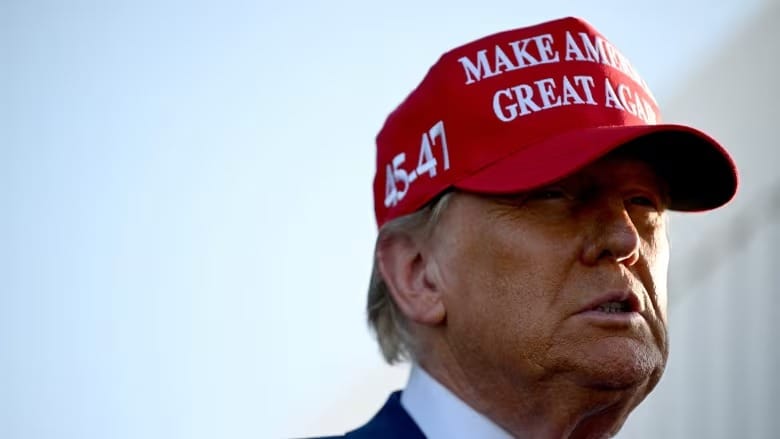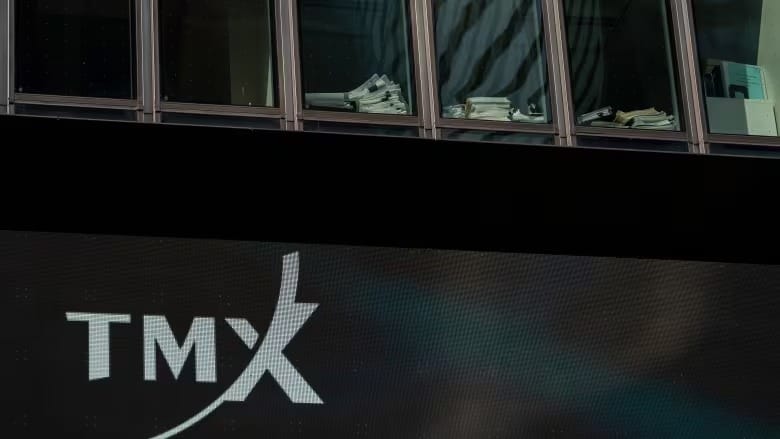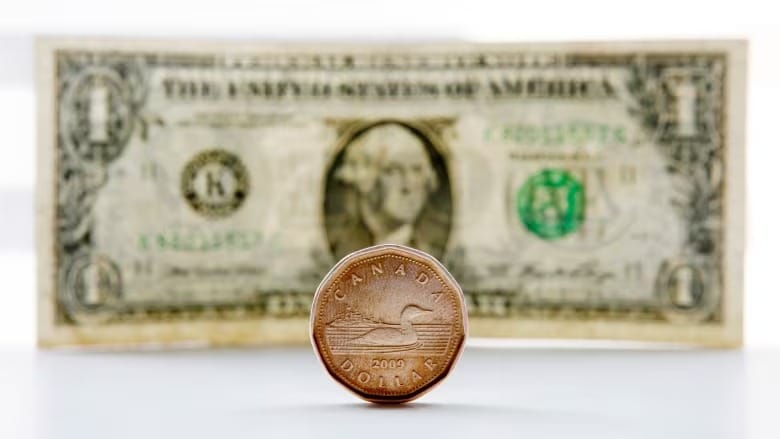What would a trade war actually look like?
'This would raise trade costs to levels last seen in the run-up to the Great Depression'

Former U.S. President Donald Trump has issued a warning of imposing significant tariffs on goods entering the United States from Canada, Mexico, and China. These tariffs, according to Trump, will remain in place until these countries take steps to halt the illegal flow of migrants and drugs into the U.S. Both Mexico and China have indicated they may retaliate in kind.
This announcement has left businesses, economists, and policymakers evaluating whether this is a genuine threat or a strategic bluff. Historically, trade wars have been easy to start but challenging to resolve, often leading to widespread economic repercussions.
Economic analysts suggest the proposed tariffs could escalate trade costs to levels not seen since the Great Depression. A model run by economists indicates that a 25% tariff on imports from Canada and Mexico could severely impact the Canadian economy, potentially reducing GDP by 5.6%. The Canadian dollar would weaken, inflation would rise, and unemployment could climb by three percentage points. Similarly, Mexico has warned of countermeasures, including a 25% tax on U.S. companies, which could result in significant job losses in the U.S.
Karl Schamotta, a global strategist, compared the proposal to the 1930 Smoot-Hawley Tariff Act, a policy widely regarded as exacerbating the Great Depression. “That any leader would want to repeat the experience is astonishing,” he remarked.
In Mexico, President Claudia Sheinbaum has called for avoiding a trade war, emphasizing that the United States–Mexico–Canada Agreement (USMCA) has been beneficial for all parties. She, however, warned that if U.S. tariffs are implemented, Mexico will respond in kind. Meanwhile, in China, officials have urged cooperation while cautioning that no one wins in a trade or tariff war. Experts believe China is closely monitoring the situation and may consider adjusting its currency to counteract tariff effects, as it did during Trump’s first presidency.
Economists have noted that China’s current economic fragility limits its ability to absorb tariff shocks compared to past trade disputes. A weaker yuan could offset some tariff impacts by boosting exports to non-tariff-imposing nations, potentially widening the global trade conflict.
Despite these threats, the likelihood of sweeping tariffs remains uncertain. Analysts estimate there is a low probability—around 10%—of the full-scale tariffs on Canada, Mexico, and China materializing. More targeted measures, particularly against China, appear more plausible. Markets, which would likely react sharply to any concrete action, have so far remained stable, reflecting skepticism about the immediacy of Trump’s proposals.
For now, the threat of a large-scale trade war remains hypothetical, but its potential economic implications are being closely scrutinized.





